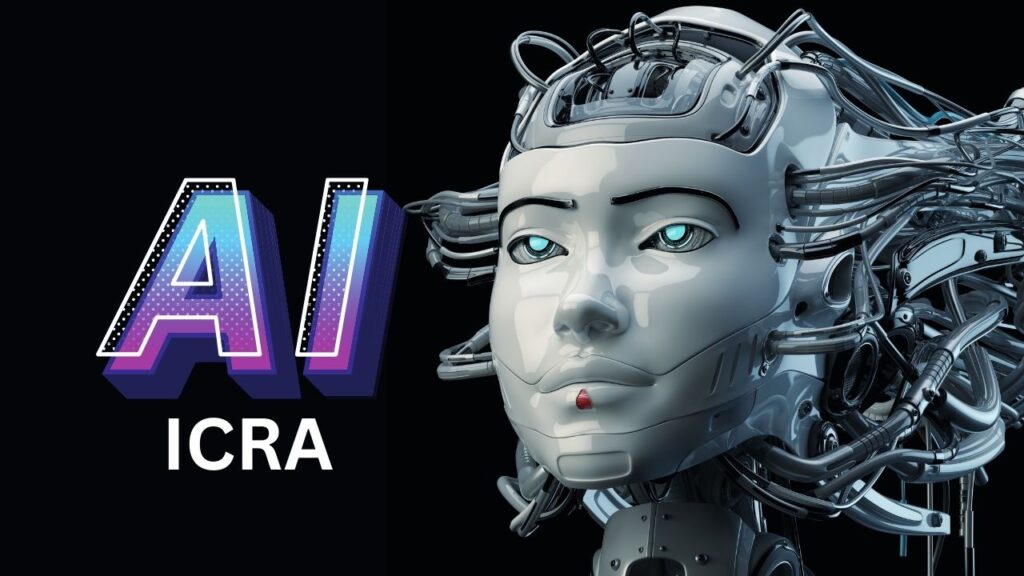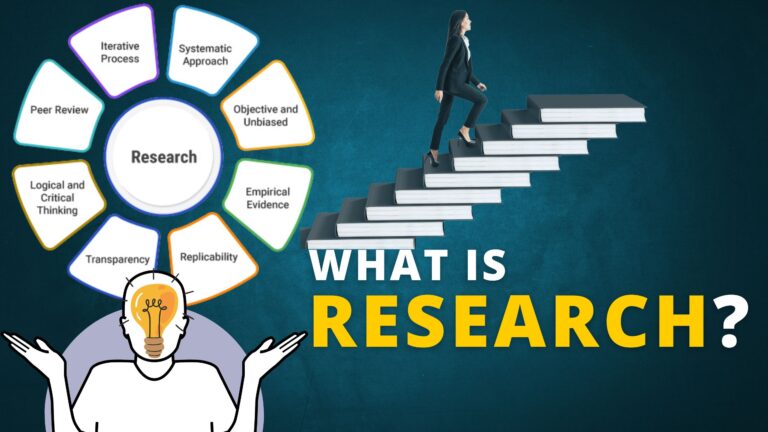Robotic Horizons Expanded: The Future Unveiled at ICRA 2025

ICRA 2025 has undoubtedly expanded the horizons of robotics, unveiling a future where intelligent machines play an integral role in our daily lives.
From smarter robots and collaborative machines to innovative mobility solutions and healthcare advancements, the developments showcased at this year’s conference promise to revolutionize various industries and improve the quality of life for people worldwide.
As we move forward, the continued progress in robotics and automation will undoubtedly lead to even more exciting possibilities and transformative changes in the years to come.
About ICRA 2025
The International Conference on Robotics and Automation (ICRA) 2025 has just concluded, leaving the world buzzing with excitement about the future of robotics. This year’s conference, held in Tokyo, Japan, was a melting pot of innovative ideas, groundbreaking technologies, and visionary insights.
From advanced AI-driven robots to collaborative machines working alongside humans, ICRA 2025 has set the stage for a new era in robotics. Let’s delve into some of the most fascinating highlights and trends that emerged from this landmark event.
The Rise of AI-Powered Robots
Smarter, More Autonomous Machines
One of the most notable trends at ICRA 2025 was the rise of AI-powered robots. These robots are not just automated machines; they are becoming increasingly intelligent and capable of making decisions on their own. Advances in artificial intelligence, machine learning, and deep learning have enabled robots to learn from their environment, adapt to new situations, and perform complex tasks with minimal human intervention.
For example, a new generation of service robots showcased at the conference can navigate crowded environments, understand natural language commands, and even recognize and respond to human emotions. These capabilities are opening up new possibilities for robots in healthcare, hospitality, and domestic settings.
Human-Robot Collaboration
Another key theme at ICRA 2025 was human-robot collaboration. As robots become more intelligent and versatile, they are increasingly working alongside humans in various industries. This trend, known as “cobotics,” is transforming workplaces by enhancing productivity, safety, and efficiency.
At the conference, several companies demonstrated collaborative robots (cobots) designed to assist workers in tasks ranging from assembly line production to complex surgical procedures. These cobots are equipped with advanced sensors and algorithms that allow them to work safely and efficiently alongside humans, reducing the risk of accidents and improving overall workflow.
Innovations in Robotic Mobility
From Wheels to Legs: The Evolution of Robot Locomotion
Robotic mobility has always been a challenging area of research, but ICRA 2025 showcased some remarkable advancements in this field. Traditionally, robots have relied on wheels or tracks for movement, but recent innovations are pushing the boundaries of what is possible.
One of the highlights of the conference was a demonstration of legged robots that can walk, run, and even climb stairs with ease. These robots, inspired by the biomechanics of animals, are designed to navigate complex terrains and environments where wheeled robots would struggle. This new approach to locomotion is expected to revolutionize industries such as search and rescue, agriculture, and logistics.
Flying Robots: The Future of Aerial Robotics
Aerial robotics also took center stage at ICRA 2025. Drones and other flying robots are becoming more sophisticated, with enhanced stability, longer flight times, and the ability to carry heavier payloads. These advancements are expanding the applications of aerial robotics in areas like disaster response, environmental monitoring, and delivery services.
One particularly impressive innovation was a swarm of drones that can operate autonomously in a coordinated manner. This swarm technology enables multiple drones to work together to complete tasks more efficiently, such as mapping large areas, monitoring wildlife, or delivering medical supplies to remote locations.
Robotics in Healthcare
Surgical Robots: Precision and Control
The healthcare industry is one of the biggest beneficiaries of advancements in robotics, and ICRA 2025 highlighted several cutting-edge developments in this field. Surgical robots, in particular, are becoming more precise and capable, allowing surgeons to perform minimally invasive procedures with greater accuracy and control.
One of the standout presentations was a next-generation surgical robot that uses advanced imaging and AI to assist surgeons in real-time. This robot can identify critical structures, provide detailed 3D visualizations, and even suggest optimal surgical paths, reducing the risk of complications and improving patient outcomes.
Rehabilitation and Assistive Robots
In addition to surgical robots, the conference also showcased innovative rehabilitation and assistive robots designed to help patients recover from injuries and improve their quality of life. These robots can assist with physical therapy exercises, provide support for mobility-impaired individuals, and even offer companionship to those who are socially isolated.
One example is a robotic exoskeleton that helps stroke patients regain their ability to walk. This exoskeleton uses sensors and actuators to support the patient’s movements, providing personalized assistance based on their progress and needs.
What can attendees expect from ICRA 2025?
Attendees can look forward to a rich program filled with workshops, tutorials, and paper presentations. The conference will cover a wide range of topics, from fundamental research to commercial applications, and provide ample opportunities for networking and collaboration.
How is ICRA 2025 addressing diversity and inclusion?
The IEEE Robotics and Automation Society is committed to advancing diversity and inclusion within the field. ICRA 2025 will reflect these values, ensuring a welcoming environment for all participants.
What makes Atlanta an ideal location for ICRA 2025?
Atlanta is a burgeoning tech hub known for its hospitality and world-class facilities. The Georgia World Congress Center, where ICRA 2025 will be held, is a top-tier venue that offers the perfect backdrop for this international event.
How are AI-powered robots different from traditional robots?
AI-powered robots are equipped with advanced artificial intelligence and machine learning algorithms that enable them to learn from their environment, adapt to new situations, and perform complex tasks autonomously. Traditional robots, on the other hand, typically follow pre-programmed instructions and have limited ability to adapt to changes in their environment.
What are collaborative robots (cobots)?
Collaborative robots, or cobots, are designed to work alongside humans in a shared workspace. They are equipped with sensors and safety features that allow them to operate safely in close proximity to humans, enhancing productivity and reducing the risk of accidents.
What are some potential applications of legged robots?
Legged robots are particularly well-suited for navigating complex terrains and environments where wheeled robots may struggle. Potential applications include search and rescue missions, agriculture, construction, and logistics, where these robots can traverse uneven surfaces, climb stairs, and access hard-to-reach areas.
What are the benefits of surgical robots?
Surgical robots offer several benefits, including greater precision, control, and minimally invasive procedures. They allow surgeons to perform complex surgeries with enhanced accuracy, reducing the risk of complications and improving patient outcomes. Additionally, surgical robots can reduce recovery times and minimize scarring for patients.
For more information visit: https://2025.ieee-icra.org/ or for international conference https://www.allconferencealert.com/
.






